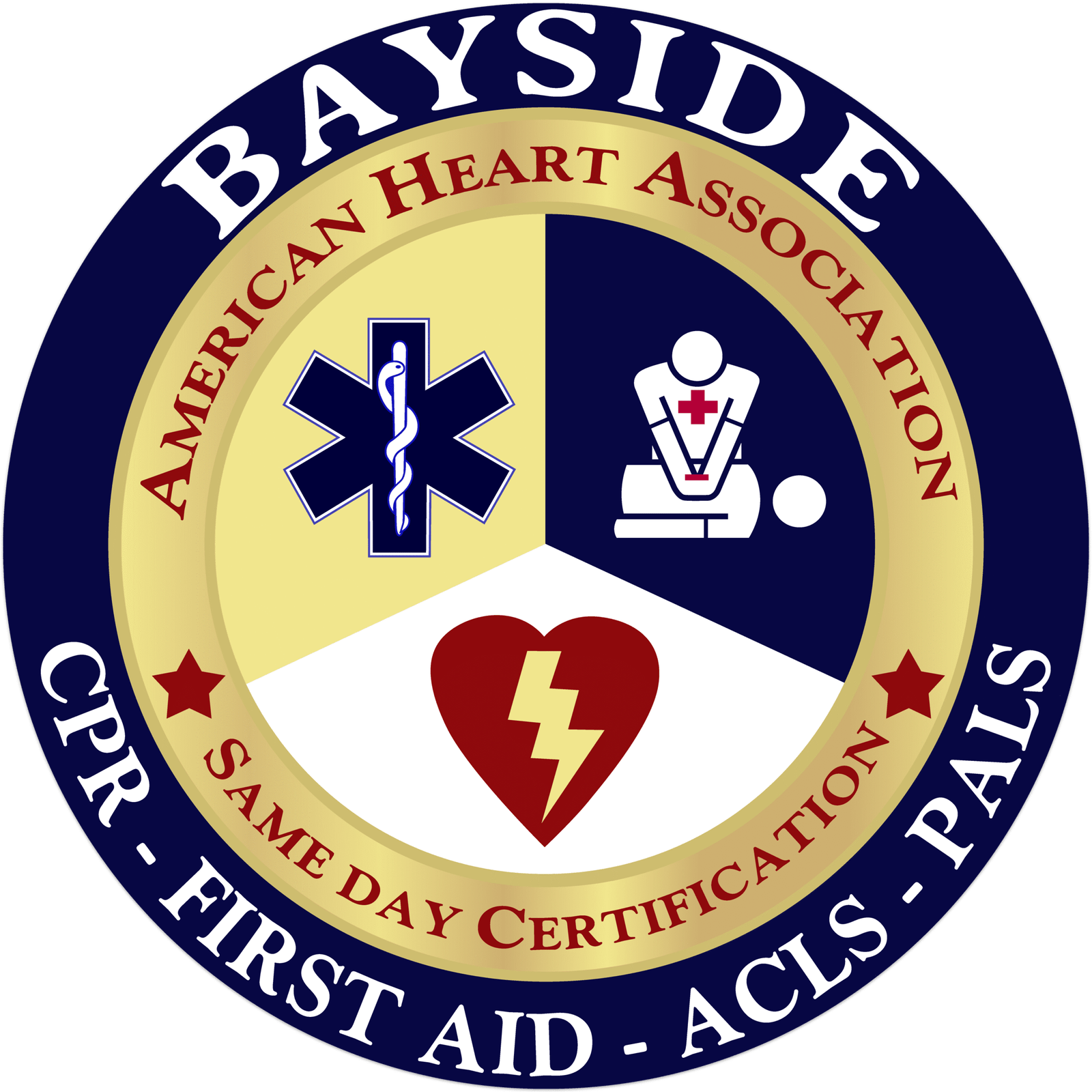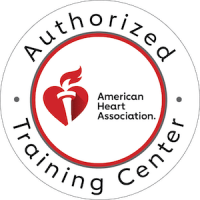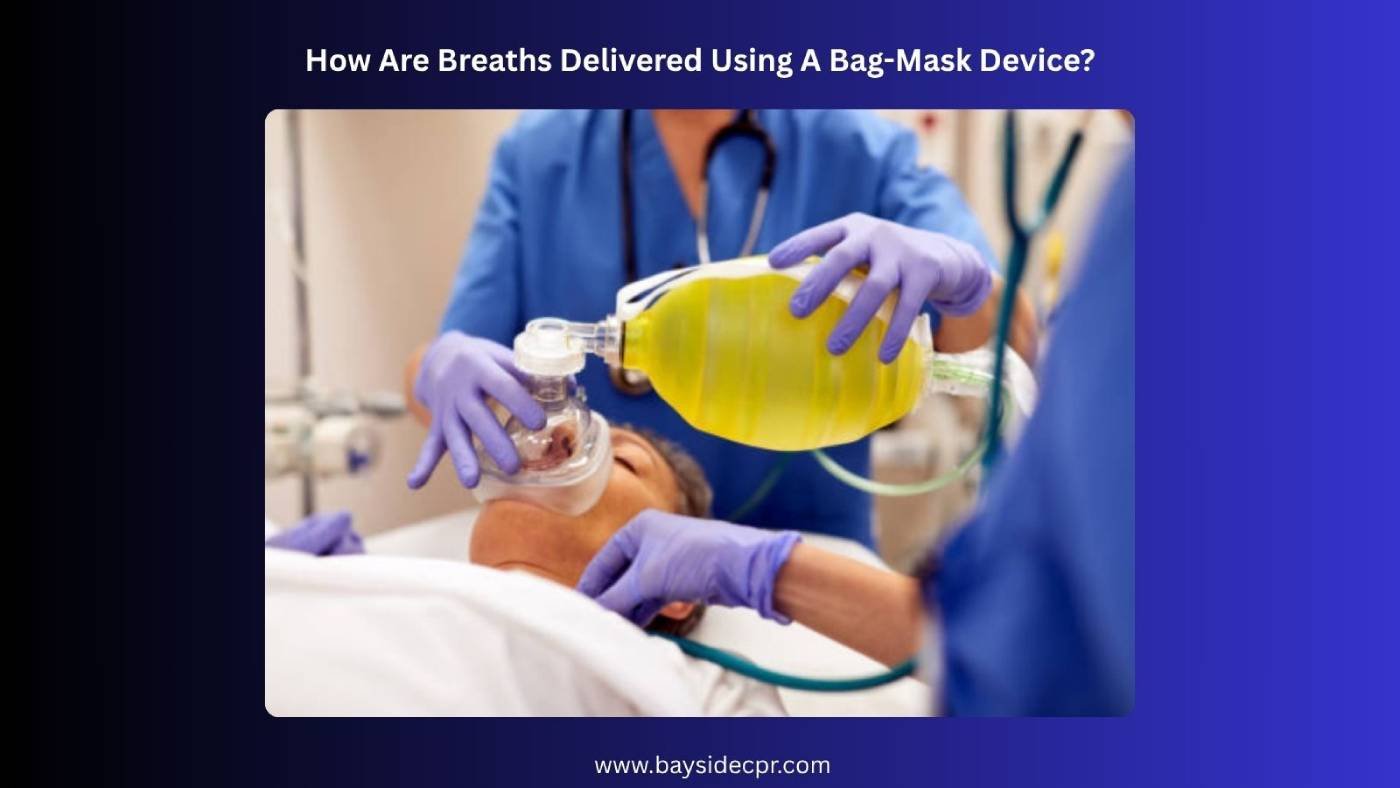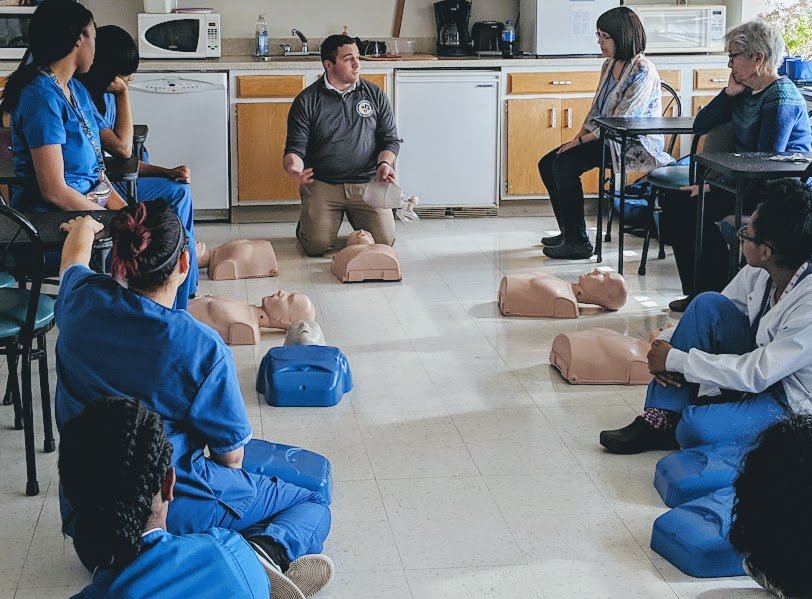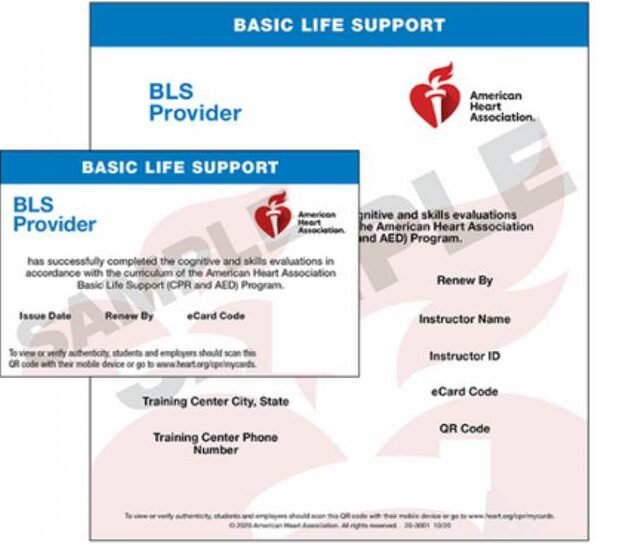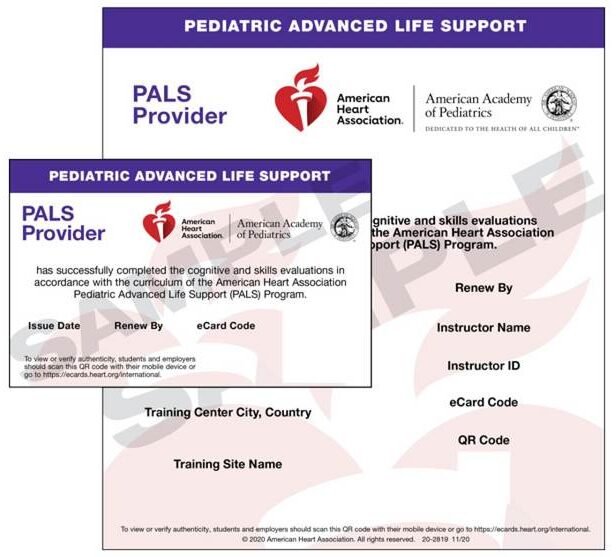A bag-mask device, also called a bag valve mask (BVM), is an essential emergency tool used to assist patients who cannot breathe effectively on their own. It consists of a flexible, self-inflating bag attached to a face mask that fits securely over the patient’s mouth and nose, along with a one-way valve to regulate airflow. The most common type requires a responder to manually squeeze the bag to deliver breaths, allowing precise control over ventilation based on the patient’s needs. Also known as a manual resuscitator or Ambu bag, named after the company that introduced it in the 1950s, this device enables rescuers to provide prompt and confident rescue breaths, ensuring adequate oxygen delivery until the patient can breathe independently or receive advanced medical care.
1. Types of Bag-Valve Mask Devices
There are two main types of bag-valve mask devices
1a. Self-Inflating Bags:
The go-to option for most emergencies. They automatically refill with air after you squeeze them, so you don’t need an external oxygen source to use them. This makes them super handy and easy to use anywhere, whether you’re in the hospital or out in the field.
1b. Flow-Inflating Bags:
It works a bit differently; they need a constant flow of oxygen or air to stay inflated. Because of this, they give you more control over how much air you deliver with each breath. They’re often used in specialized settings like neonatal care, where gentle, precise ventilation is really important.
2. Indications for Bag-Mask Ventilation (BMV)
Bag-mask ventilation is crucial in emergencies when a person is not breathing adequately or stops breathing altogether. It allows rescuers to deliver life-saving oxygen and support breathing until advanced airway management or medical treatment is available. Common clinical scenarios where BMV is indicated include
2a. Cardiac or Respiratory Arrest
Bag-mask ventilation is a critical intervention in both cardiac and respiratory arrest. In cardiac arrest, the heart stops pumping blood effectively, often accompanied by the cessation of breathing. In respiratory arrest, the person stops breathing even though the heart may still be beating. In both cases, immediate ventilation is essential to deliver oxygen to the brain and vital organs. Using a manual resuscitator allows rescuers to provide swift and effective rescue breaths, helping to preserve organ function and improve the chances of survival until more advanced medical care or airway management becomes available.
2b. Severe Respiratory Distress or Airway Obstruction
Severe respiratory distress and airway obstruction are both critical situations where a person struggles to breathe effectively. In respiratory distress, the individual may be gasping or breathing laboriously but still has some respiratory effort, while in airway obstruction, airflow to the lungs may be partially or completely blocked. In either case, a bag-mask device plays a vital role by delivering oxygen to the lungs, helping ease breathing in distress, and providing essential oxygen support during an obstruction. This temporary ventilation support can stabilize the patient’s condition and prevent deterioration while awaiting advanced medical intervention or clearing the airway.
2c. Pre-intubation Oxygenation
Pre-intubation oxygenation involves giving the patient high levels of oxygen before placing a breathing tube to ensure their oxygen reserves stay topped up. Using a bag-mask device during this time helps improve oxygen levels, making the intubation process safer and reducing the risk of desaturation or low oxygen levels during the procedure.
2d. Anesthesia Delivery
During anesthesia delivery, a manual resuscitator provides a secure way to deliver oxygen and anesthesia gases to the patient. It ensures the patient maintains adequate oxygen levels and helps manage their breathing effectively throughout the procedure, especially if spontaneous breathing becomes compromised.
2e. Transport of Critically ill Patients
Transporting critically ill patients requires continuous oxygen support to prevent deterioration. Using a bag-mask device during transport ensures a steady flow of oxygen, helping maintain their respiratory stability until they reach advanced care settings.
3. Preparation Before Using Bag-Mask Device
Preparation before using a bag mask device involves several key steps:
- First, assemble the device correctly to ensure all components fit securely.
- Second, check that the device functions properly and that the mask creates a tight seal around the patient’s face to prevent leaks.
- Third, position the patient appropriately, using the head tilt-chin lift or jaw thrust maneuver if a spinal injury is suspected, to open the airway and facilitate effective ventilation.
4. Proper Technique for Delivering Breaths
Here’s a clear overview of key points for effective bag-mask ventilation, focusing on technique, rescuer roles, and appropriate rate and volume of breaths.
4a. Ensuring an Effective Mask Seal and Proper Hand Positioning
To deliver effective bag-mask ventilation, it’s essential to create a proper seal over the patient’s nose and mouth while ensuring the airway is open. This is typically done using the head tilt–chin lift maneuver or the jaw thrust if a spinal injury is suspected. The recommended hand technique is the “CE” grip, using the thumb and index finger to form a “C” shape around the top of the mask while the other fingers form an “E” shape along the jawline to lift the chin and maintain airway patency. A poor mask seal or incorrect hand placement can lead to air leaks and inadequate oxygen delivery. To avoid this, ensure the mask fits perfectly and press gently but firmly to eliminate any gaps. Before ventilation, always check the seal visually and manually, and adjust as needed. Practicing this grip regularly builds muscle memory and improves control, especially under pressure.
4b. Rescuer Techniques
The one-rescuer technique involves sealing the mask with one hand using the “C” and “E” grip while the other hand squeezes the bag to deliver breaths. In contrast, the two-rescuer approach has one rescuer maintaining the mask seal, potentially using both hands for a more secure hold, while the second rescuer efficiently squeezes the bag, resulting in improved control, a better seal, and more effective ventilation.
4c. Rate and Volume of Breaths
- Infants: Carefully deliver gentle breaths over about 1 second, aiming for approximately 30 breaths per minute (every 2 seconds) if required.
- Children: Similar, but with slightly gentler breaths, around 12–20 per minute.
- Adults: Deliver each breath over 1 second, aiming for about 10–12 breaths per minute (roughly one breath every 5–6 seconds).
5. Common Mistakes to Avoid in the Bag Mask Device
Proper technique during bag-mask ventilation is essential for effective patient support. Here’s a detailed breakdown of common issues, along with solutions and helpful tips for each point.
5a. Not observing chest rise
- Problem: Absence of chest rise indicates ineffective ventilation or mask seal failure, risking hypoxia.
- Solution: Watch the chest closely during each ventilation to confirm it rises with each breath, adjusting technique as needed.
- Tips: Develop the habit of checking chest movement after each breath and be alert to a lack of rise, then troubleshoot promptly.
5b. Overventilation
- Problem: Delivering too many or too forceful breaths causes increased pressure, potentially decreasing blood flow and harming the patient.
- Solution: Use gentle, controlled breaths, approximately one every 5-6 seconds, and focus on chest rise rather than force.
- Tips: Count silently during ventilation, and pause briefly between breaths to avoid rushing and over-ventilating.
5c. Improper Airway Management
- Problem: Failure to properly open the airway prevents effective airflow, rendering ventilation efforts futile.
- Solution: Correctly perform head tilt-chin lift or jaw thrust maneuvers to open the airway before using the mask.
- Tips: Take your time positioning the head, ensure the airway is clear of obstructions, and double-check alignment before ventilating.
6. When to Transition to Advanced Airway from Bag Mask Device?
Transitioning from a bag-mask device to an advanced airway is a critical decision based on the patient’s condition and response to initial ventilation efforts. You should consider moving to an advanced airway when
- Inability to maintain an effective seal or ventilation: If, despite proper technique, you cannot achieve adequate oxygenation and ventilation, it’s time to escalate.
- Prolonged ventilation required: When it’s clear that the patient needs ongoing airway management beyond what a bag-mask can support, such as during lengthy procedures or respiratory failure.
- Patient’s condition deteriorates: Signs like worsening hypoxia, increasing difficulty in ventilating, or unresponsiveness to bag-mask ventilation indicate the need for a secured airway.
- Presence of airway trauma or obstruction: Situations such as facial fractures, suspected airway burns, or a foreign body obstructing the airway might necessitate an advanced airway for better control.
- Procedural requirements: Certain surgeries or interventions require a secured airway for optimal access and control.
A Critical Tool in Crisis: The Bag-Mask Device
In short, the bag-mask device stands out as a vital tool in emergency and medical situations, offering a reliable way to support breathing when it falters. Its versatility, from manual to automatic types, ensures responders can adapt to different circumstances, whether they need precise control or consistent assistance. Proper preparation and technique make a significant difference, as effective sealing, correct hand placement, and observing chest rise are crucial for successful ventilation. Recognizing when to escalate to an advanced airway helps ensure patient safety, especially during prolonged or complicated cases. Overall, mastering this device empowers rescuers and healthcare providers to deliver timely, effective oxygen support, which can truly make the difference between life and death.
If you’re ready to build confidence in using life-saving tools like the bag-mask device, Bayside CPR offers hands-on ACLS, PALS, BLS, and CPR & First Aid Certification Training that’s practical, accessible, and designed for real-world emergencies. Get certified with expert instructors and walk away prepared to make a difference when every second counts.
